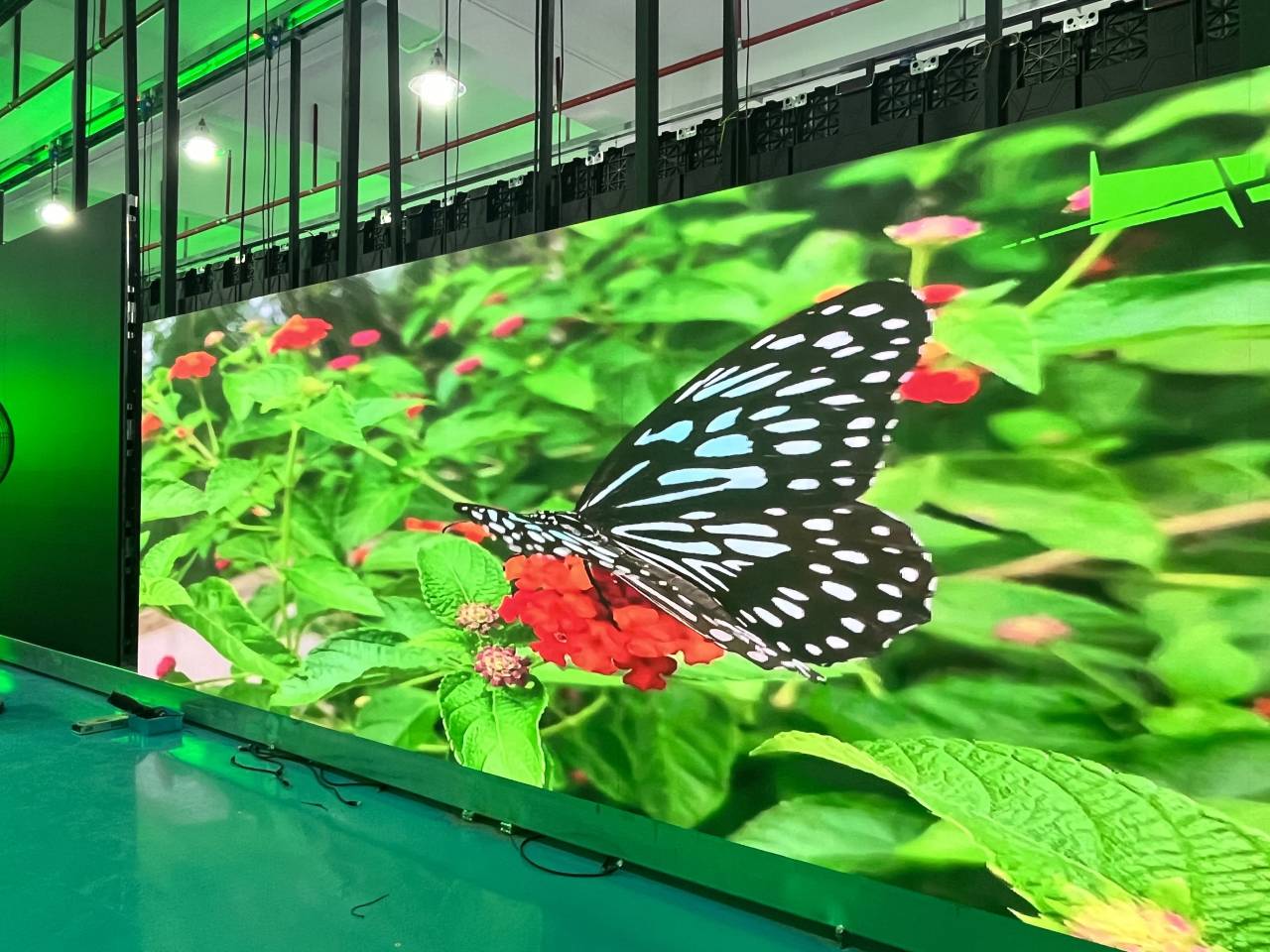Hue accuracy is essential for creating stunning visual displays, especially when using LED walls. These large screens are commonly found in places like concert venues, athletic arenas, and promotional billboards. When the hues on an LED screen are not accurate, the visuals can look flat or distorted, which can affect the total impression for audiences. Therefore, perfecting color precision in LED screen calibration is vital for attaining lively and true-to-life visuals.
The initial step in guaranteeing color precision is comprehending how LED technology works. LEDs, or light-emitting diodes, produce light in various colors by combining red, green, and blue (RGB) light. Each pixel on an LED screen is made up of these three hues. When tuned correctly, the mix of RGB can produce a broad range of hues. However, if one color is too bright or too dim, it can distort the whole screen. This is why tuning is necessary to equalize the hues and reach the desired visual result.
Tuning entails adjusting the settings of the LED screen to make sure that the hues shown match the initial material as nearby as possible. This process usually includes using specific software and hardware tools. Technicians often use color assessment devices, such as color meters, to analyze the hues being shown. By contrasting the measured hues to benchmark color values, they can make precise modifications. This ensures that the hues are not only vibrant but also uniform across the whole screen.
Another important aspect of color precision is comprehending the environment in which the LED wall is employed. Elements such as surrounding light can significantly impact how colors look. For instance, a well-lit lit room may fade hues, making them look less vibrant. To mitigate this, technicians may adjust the luminosity and contrast configurations of the LED wall. Additionally, they may select particular color profiles that are better suited for various lighting conditions. This flexibility helps maintain color precision regardless of the viewing surroundings.

Ultimately, routine upkeep and recalibration are essential for maintaining an LED screen looking its best. Over time, the functionality of LEDs can alter due to factors like aging and temperature fluctuations. Regular checks and adjustments can help guarantee that the hues remain accurate and lively. By committing time in proper tuning and upkeep, venues can provide audiences with breathtaking graphic presentations that led screen calibration for web design improve their overall experience. Perfecting color precision in LED wall tuning is not just a technical task; it is an expertise that contributes to the wonder of visual storytelling.
Comments on “Mastering Color Accuracy in LED Display Calibration for Stunning Graphic Displays”